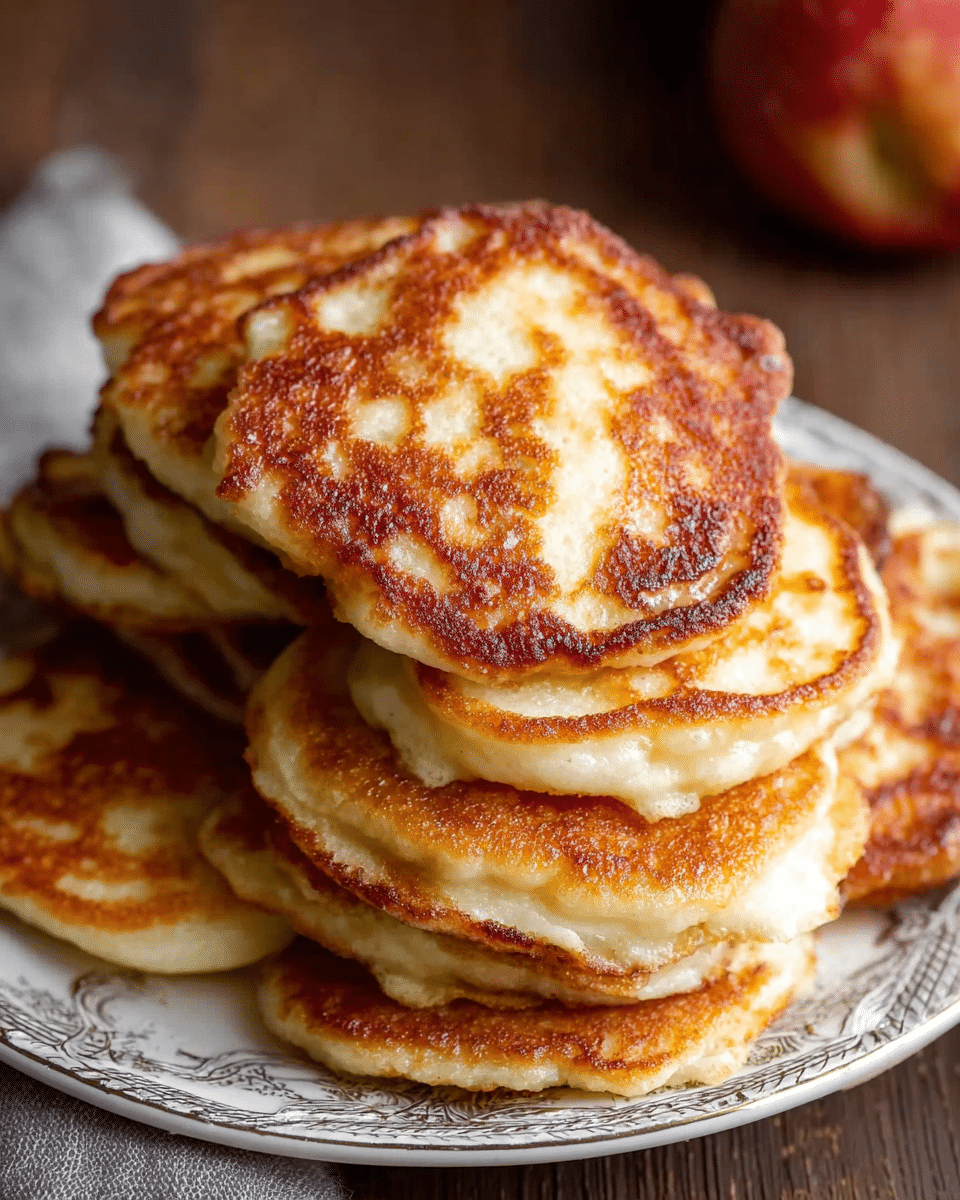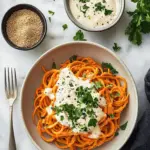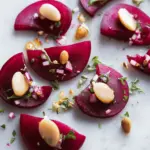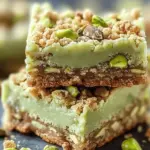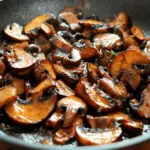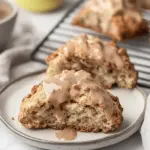The Role of Kefir in Oladi
Kefir, a fermented dairy product, is commonly used in many Slavic recipes, and its inclusion in Oladi helps create a light and airy texture. Kefir’s naturally occurring bacteria and yeast contribute to the leavening process, similar to how buttermilk or yogurt might be used in other pancake recipes. Its mild tanginess balances out the sweetness from the apples and sugar, making the pancakes not overly sweet. Moreover, kefir is packed with beneficial probiotics, which promote digestive health and contribute to the overall nutritional profile of this recipe. The slight fermentation process of kefir is what helps the pancakes rise and become fluffy, offering a distinct texture that sets them apart from standard pancakes.
The Influence of Apples on Flavor and Texture
In this particular Oladi recipe, apples play a crucial role in introducing a natural sweetness and a touch of freshness to the dish. The apples are peeled, cored, and diced before being incorporated into the batter, which ensures that they cook alongside the pancakes, softening and releasing their juices into the batter. This not only imparts a delicate fruitiness but also adds moisture to the pancakes, enhancing their tender crumb. Depending on the type of apple used, the sweetness can vary; tart apples like Granny Smith will provide a tangy contrast, while sweeter varieties like Fuji or Gala offer a milder, more uniform flavor. The diced apple pieces also offer a pleasant texture, making each bite of Oladi even more satisfying.
The Importance of the Right Flour and Consistency
The texture of Oladi is heavily dependent on the flour and the consistency of the batter. All-purpose flour is the standard choice for this recipe, as it provides the necessary structure and elasticity for the pancakes. However, achieving the perfect batter consistency is crucial. The batter should resemble dense sour cream, thick enough to hold its shape when spooned onto the pan but not so thick that it becomes doughy. If the batter feels too thin, a few extra tablespoons of flour can be added to achieve the right density. It’s important to remember that the batter will thicken slightly as it sits, so adjusting it to the right texture before cooking is key to getting that perfect pancake fluff.
Baking Soda for Lightness and Lift
Baking soda plays an important role in this Oladi recipe by helping to create a light, airy texture. When combined with the acidic kefir, the baking soda reacts and produces carbon dioxide gas, which causes the batter to rise slightly while cooking. This reaction results in the characteristic fluffiness of Oladi. It’s important to mix the baking soda well into the batter to ensure an even rise, as uneven distribution could lead to some pancakes being denser than others. This step, though seemingly simple, is essential in creating the signature texture that makes Oladi so unique.
Frying Oladi to Golden Perfection
Once the batter is prepared, it’s time to fry the Oladi. Unlike many pancakes that are cooked on a griddle, Oladi are typically fried in a skillet or frying pan. The key to achieving the perfect Oladi is to ensure the oil is hot enough to give the pancakes a golden brown, crispy exterior while keeping the interior soft and tender. The oil used for frying should be neutral in flavor, such as coconut oil or avocado oil, so that it doesn’t overpower the delicate flavors of the pancakes. A few tablespoons of oil are enough to cook the Oladi in batches, with each batch taking around 2-3 minutes on each side to achieve the desired level of crispness.
It’s also important not to overcrowd the pan, as doing so can lower the temperature of the oil, resulting in pancakes that are soggy rather than crispy. By cooking the pancakes in smaller batches, you allow each Oladi to cook evenly and develop that coveted crisp edge.
Serving and Toppings
The beauty of Oladi lies in their versatility when it comes to serving. These pancakes can be topped with whatever your heart desires, making them a truly customizable dish. Traditionally, they are often served with a dollop of sour cream, which adds a creamy, tangy contrast to the sweetness of the pancakes. Honey or maple syrup is another popular choice, drizzling over the warm pancakes and soaking into the soft interior. For those who enjoy fresh fruit, a scattering of berries or even a few extra slices of apple can enhance the fruity flavors of the Oladi.
Additionally, a dusting of powdered sugar or a sprinkle of cinnamon can elevate the overall presentation and flavor. Whether served for breakfast, brunch, or as a dessert, Oladi are a satisfying and delicious option that can be tailored to suit different tastes and preferences.
Nutritional Benefits of Oladi
While Oladi are undeniably a treat, they also offer a variety of nutritional benefits. The inclusion of kefir provides a good source of probiotics, which promote gut health and can aid in digestion. Additionally, the apples add dietary fiber, which helps to promote feelings of fullness and supports digestive health. Each serving of Oladi contains a moderate amount of protein, primarily from the egg and kefir, which helps to keep you feeling satisfied for longer. The pancakes also provide a reasonable amount of carbohydrates, which serve as an energy source to kick-start your day. While they do contain some fat, particularly from the oil used for frying, the pancakes are relatively balanced and can be enjoyed as part of a wholesome breakfast when paired with fresh fruit or other healthy toppings.
Conclusion
Oladi are a delightful and versatile Russian pancake that offers a unique twist on traditional pancakes, thanks to the use of kefir and apples. These fluffy, slightly tangy pancakes are not only delicious but also offer a variety of nutritional benefits. Whether you’re looking for a cozy breakfast to enjoy with your family or a special treat for a weekend brunch, this Oladi recipe is sure to become a new favorite. The combination of the light texture, the sweetness of the apples, and the crispy edges makes them a perfect choice for any occasion. With a few simple ingredients and an easy cooking process, you can create a dish that is both satisfying and delicious.

